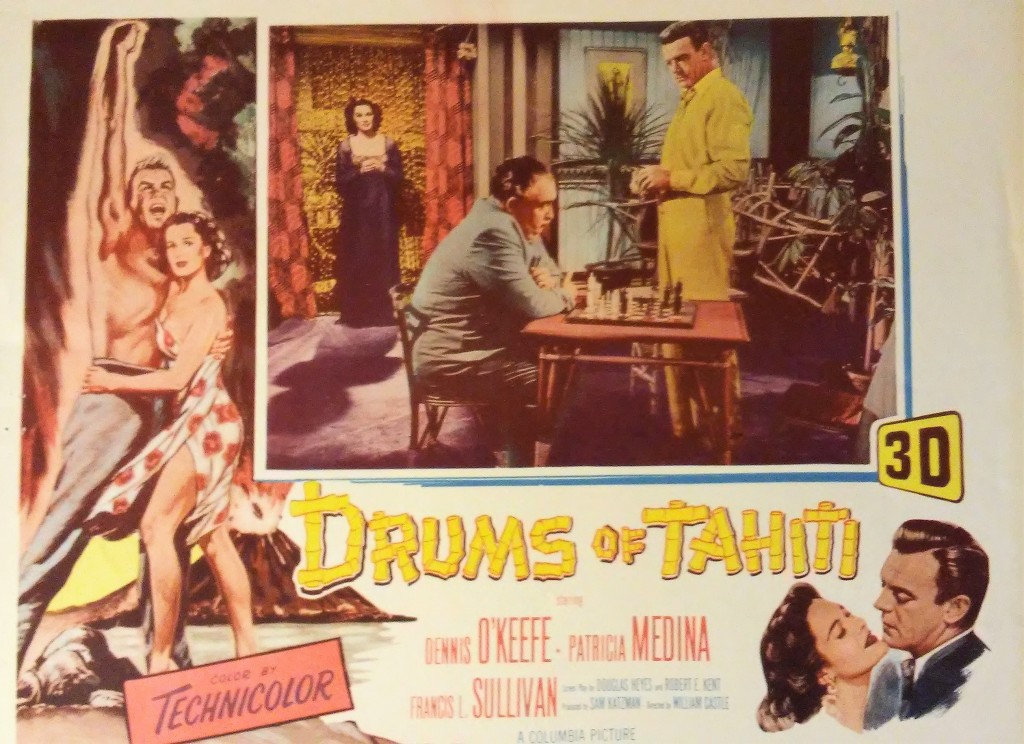It should come as no surprise that in this day and age of 140 character maximum tweets and the world of Internet acronyms that the dash is being thrown out of 3-D. Dr. Andrew J. Woods of the Centre for Marine Science & Technology, Curtin University, Perth, Australia pointed out that the dash may be unnecessary in his article ’3D or 3-D: a study of terminology, usage and style in August 2013. Woods found the earliest usage of the term three-dimensional in a 1936 article. The 3-D abbreviation was not located until 1952 when it was used in the Journal of the Society for Motion Picture and Television Engineers. Woods examined the top stereoscopic journals and even where there was a house style to use the dash, he found advertisers often used the term without a dash.
Language is very fluid, Oxford dictionary editors modestly admit they add about 1,000 new entries to Oxford Dictionaries Online every year, some experts say it is as high as 4,000. Woods points to Strunk and White, who in their book “The Elements of Style,” wrote: “Do not use a hyphen between words that can be written as one word.” Woods surveyed stereoscopic focused papers written from 1977 until 2009 and by the mid-1980′s, 3D had overtaken 3-D. To shed more light on this, Woods also checked the common incidence in Google Searches. The unhyphenated form was strongly favored by the general public, as much as 100:1, with the hyphenated form showing a heavy decline. Would the hyphenated version get missed in an unhyphenated search? You can also check online with the Google Books Ngram Viewer, which can track words, phrases or letter combinations in books digitized by Google (currently more than five million books,) it shows the same overpowering usage of the unhyphenated version.
I was a little surprised when I checked back to the movie posters from the 1950′s to find the unhyphenated version used as much as it was for both the abbreviation and the full word ’3 Dimension.’ Originally movie studios would release both 3D and 2D versions of posters and lobby cards. Then they switched to one poster, providing a snipe to cover the 3D logo or a sticker to add the 3D logo, probably causing the abbreviated version to be used more in later titles. The 3D movie craze of the 1950′s and the 1980′s has done a lot to make the term 3D popular with the general public. View-Master also jumped on the bandwagon, by the early 1950′s they had begun using ’3-D’ over ‘stereo pictures’ in their promotions and again in 1982, they rebranded themselves ‘View-Master, the 3-D Company.’
Lenny Lipton suggested “simpler is better” plus Woods points out that when both the hyphenated and unhyphenated versions are read aloud they both sound the same. In conclusion, the statistics speak for themselves, we are wasting keystrokes adding the dash and some may even argue a little old fashioned.

